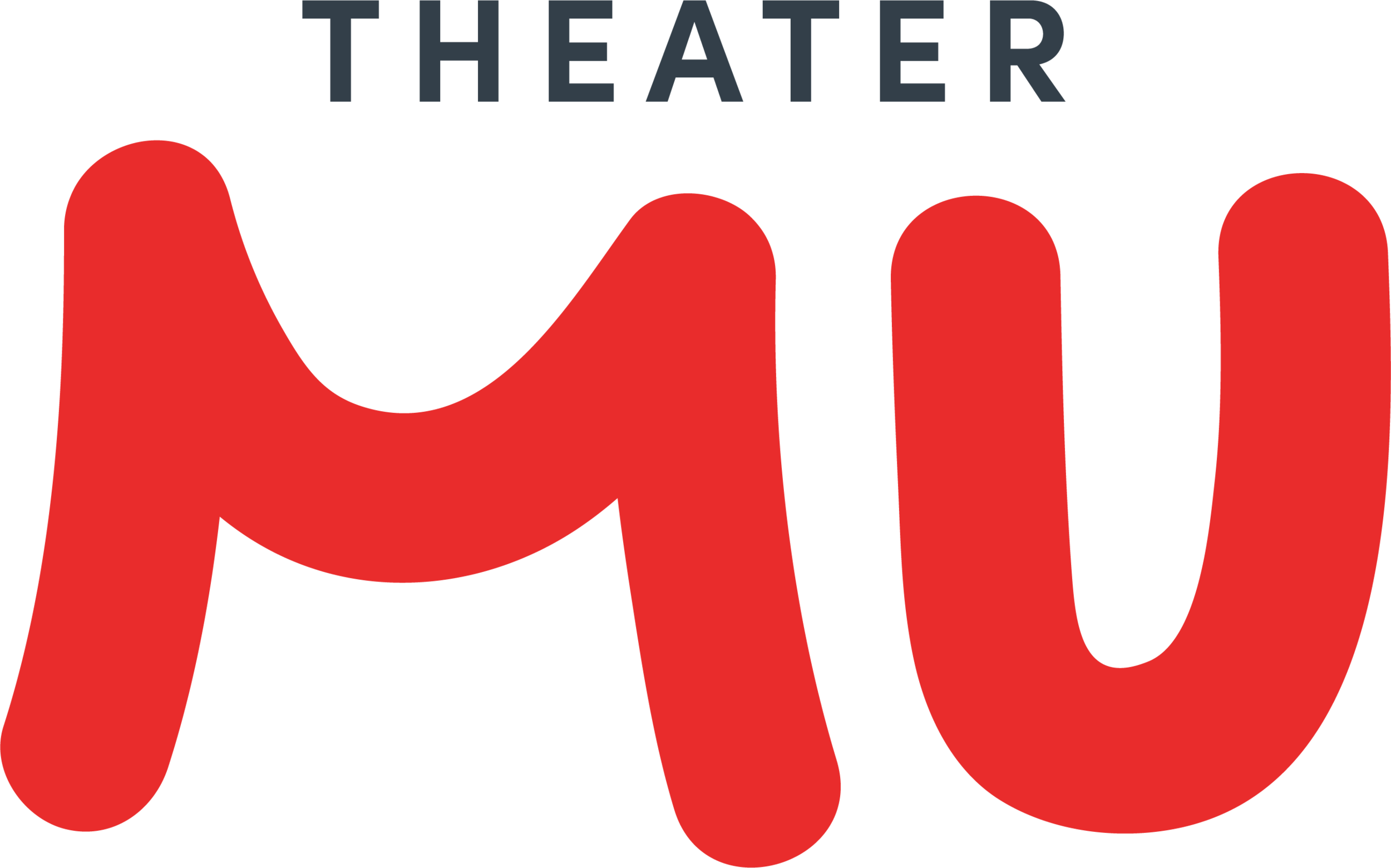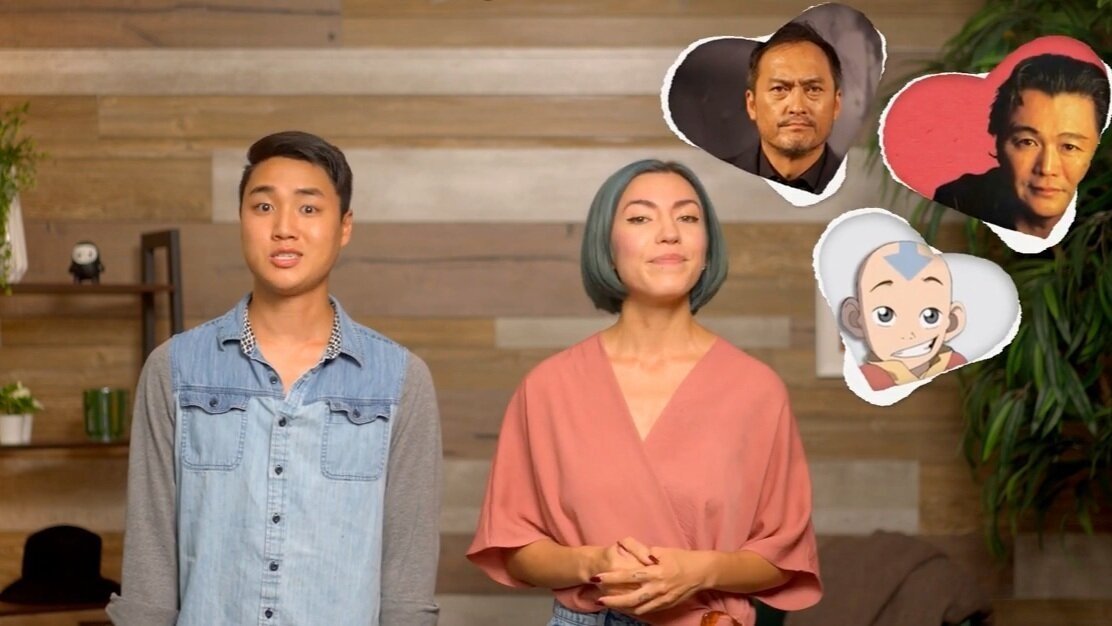Actual Asian American history told by actual Asian Americans
Last year, Theater Mu introduced a new segment called “Mu Moments'' into our youth education curriculum. We wanted to guide discussions around Asian American theater, history, and identity, connecting students to the legacy of various Asian American artists.
Preparing for these discussions, I thought about what topics I wanted to share with the students and realized that much of my knowledge of Asian American theater has only been recently acquired. Growing up in Honolulu, I was surrounded by Asian American and Hawaiian cultures and the artistry of storytellers such as Kumu Kahua Theatre, Lee Cataluna, and Lisa Matsumoto. Yet when I pictured Asians in mainstream American theater, my mind immediately went to Flower Drum Song, The King and I, South Pacific, and Miss Saigon—musicals written by White British, American, and French men. It became clear to me and Mu’s other teaching artists the importance of centering our own voices when talking about Asian American theater and history. We wanted to teach topics that weren’t just about Asians entering into or clashing with another culture, but about celebrating and acknowledging all that we’ve come from.
For instance, how much do we owe to the 1968 Third World Strikes led by a coalition of Black, Chicano, Native, and Asian students, artists, and activists? These strikes brought about the creation of the first College of Ethnic Studies and Asian American Studies departments in colleges across the country. For the first time, we were able to learn about threads of non-White, non-Western histories and cultures. A radical idea at the time! Though 50 years later, these threads of American history still remain faint, simmering beneath the surface of mainstream curriculums.
The Remix with Theater Mu draws this history up for attention and inspection, delightfully stirring the pot so that the parts that sunk to the bottom can now be seen anew. Each video in this four-part series illustrates a fresh perspective on a pioneering artist, cultural phenomenon, or moment in Asian American history. Throughout the series, you’ll notice some frequent themes that emerge: Asian Americans as the perpetual foreigners, the fascination and rejection of the exotic and mysterious, trailblazing artists maintaining their artistic integrity under the pressure of studios and galleries, and the influences of colonization, exploration, immigration, and trade on Asia America’s multi-dimensional culture.
Asian American artists have taken in multiple perspectives of the world and, through their artwork, speak with their own unique voices. Through the series, we will witness the successes, roadblocks, and complicated relationships woven throughout Asian American history.
This series was created for students, but it is really for all of us. To get a taste of the vastness of our history and artistry, reaching back not just over the last few decades, but 100 years and beyond. To see ourselves as a thread woven into the tapestry of American theater, worthy of the stage. And to ask, What does their legacy mean for us as citizens, theater and culture makers today?
As we look at the past and the future, who are our contemporary designers, choreographers, composers, playwrights, activists, change makers, innovators? Whose names will we celebrate today?
Morgen Chang
Programs Manager
Click HERE to watch THE REMIX episodes on YouTube.

